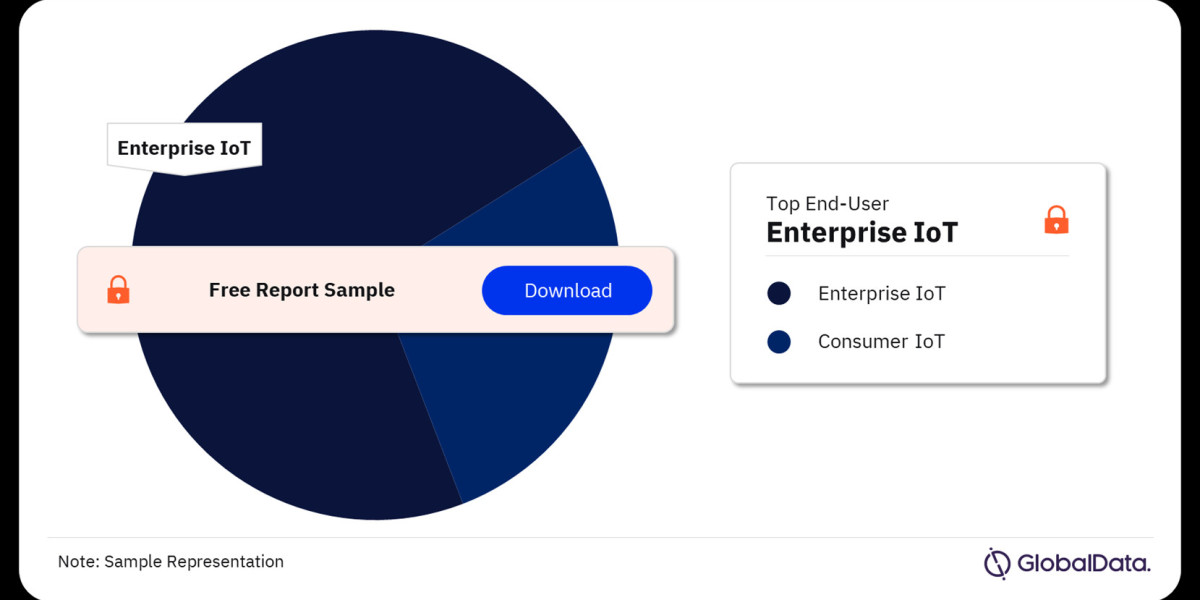Introduction
The Internet of Things (IoT) is revolutionizing industries across the globe, connecting devices and systems to create a more intelligent and efficient world. By leveraging the power of connectivity, IoT is transforming the way we live, work, and interact with our environment. This article explores the key trends, challenges, and opportunities shaping the IoT market.
Key Trends Shaping the IoT Market
Artificial Intelligence (AI) and Machine Learning (ML) Integration:
- AI and ML algorithms are being integrated with IoT devices to analyze vast amounts of data, enabling predictive maintenance, anomaly detection, and real-time decision-making.
- AI-powered chatbots and virtual assistants are enhancing user experiences and providing intelligent support.
Edge Computing:
- Processing data closer to the source reduces latency and bandwidth requirements, making IoT applications more responsive and efficient.
- Edge computing enables real-time analysis and decision-making, even in remote or low-connectivity areas.
5G and Beyond:
- The deployment of 5G networks and future generations of wireless technology will significantly boost IoT connectivity, enabling faster data transfer speeds and lower latency.
- 5G will support a wider range of IoT applications, including autonomous vehicles, smart cities, and industrial automation.
Security and Privacy:
- As IoT devices become increasingly interconnected, cybersecurity threats are growing.
- Strong security measures, such as encryption, authentication, and regular software updates, are essential to protect sensitive data and prevent cyberattacks.
Industry-Specific Applications:
- IoT is being adopted across various industries, including:
- Healthcare: Remote patient monitoring, smart healthcare devices, and predictive analytics.
- Smart Homes: Intelligent home automation systems, energy-efficient appliances, and security systems.
- Smart Cities: Traffic management, waste management, and public safety solutions.
- Agriculture: Precision agriculture, smart irrigation systems, and livestock monitoring.
- Manufacturing: Industrial IoT (IIoT) for predictive maintenance, quality control, and supply chain optimization.
- IoT is being adopted across various industries, including:
Challenges Facing the IoT Market
- Interoperability: Ensuring seamless communication and data exchange between devices from different manufacturers and platforms.
- Data Privacy and Security: Protecting sensitive data from cyber threats and unauthorized access.
- Scalability: Managing and scaling large-scale IoT deployments, including device management, data storage, and analytics.
- Power and Battery Life: Developing energy-efficient IoT devices with long battery life.
- Regulatory Compliance: Adhering to various regulations and standards related to data privacy, security, and spectrum allocation.
Opportunities for Growth in the IoT Market
- New Business Models: IoT can enable innovative business models, such as subscription-based services, pay-per-use models, and data monetization.
- Increased Efficiency and Productivity: IoT solutions can optimize operations, reduce costs, and improve productivity.
- Enhanced Customer Experience: IoT-powered devices and services can deliver personalized and seamless customer experiences.
- Sustainable Development: IoT can contribute to sustainable development by enabling energy efficiency, waste reduction, and resource conservation.
- Job Creation: The IoT market is creating new job opportunities in various sectors, including technology, engineering, and manufacturing.
Future Trends in the IoT Market
- IoT Edge Computing: Processing data at the edge of the network to reduce latency and improve real-time decision-making.
- AI and ML for Advanced Analytics: Leveraging AI and ML to extract valuable insights from IoT data, enabling predictive analytics and optimization.
- Blockchain for Security and Trust: Utilizing blockchain technology to secure data, track the provenance of products, and ensure transparency.
- Low-Power Wide-Area Networks (LPWANs): Enabling long-range, low-power communication for IoT devices in remote areas.
- Digital Twins: Creating digital replicas of physical objects and systems to simulate and optimize performance.
Conclusion
The Internet of Things is reshaping industries and transforming the way we live. By addressing the challenges and capitalizing on the opportunities, the IoT market has the potential to revolutionize various sectors and drive economic growth. As technology continues to advance, the future of IoT is bright, promising a more connected, intelligent, and sustainable world.
Buy the Full Report for Additional Insights on the Market Size Projections, Download a Free Sample









